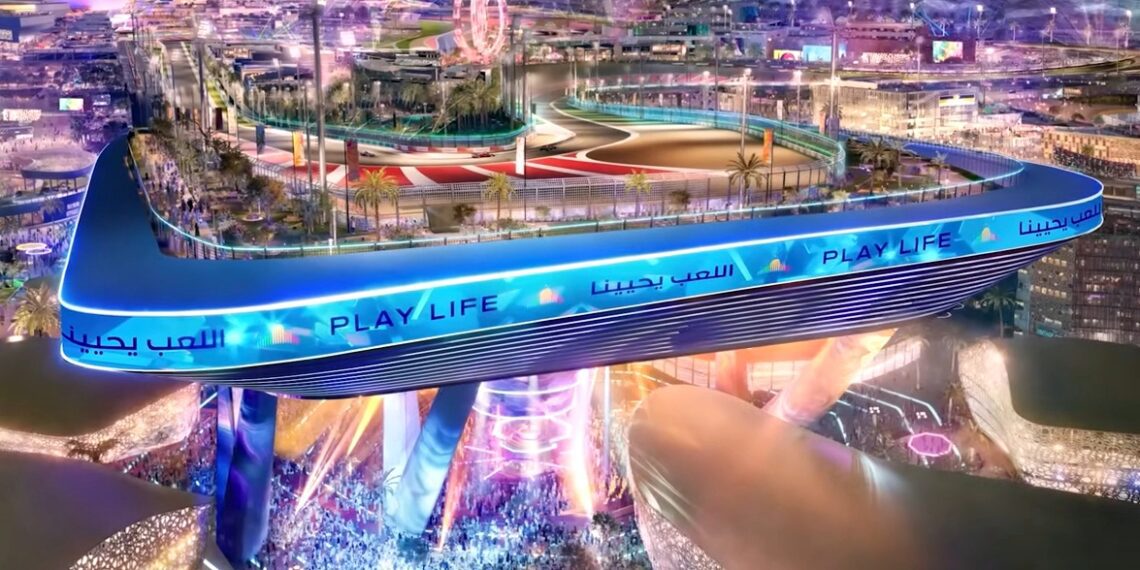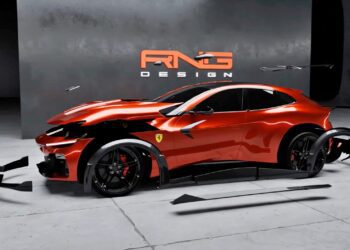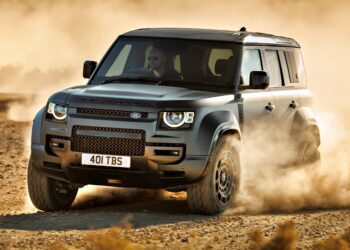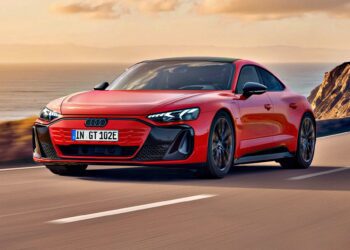Out in Saudi Arabia’s Tuwaiq mountains, where jagged cliffs rise from the desert skyline, something truly remarkable is quietly taking shape. Known as the Qiddiya Speed Park, the venue is located 40 miles southwest of the capital city of Riyadh and, owing to several headline-defining features, is set to become one of Formula 1’s most spectacular night races on the calendar. Designed by former F1 racing driver Alexander Wurz in collaboration with Hermann Tilke, the man responsible for nearly every modern Grand Prix layout, from Yas Marina in Abu Dhabi to the Circuit of the Americas (COTA) in Houston, the Las Vegas Strip circuit, and many more.
Coming to Qiddiya City, the $8 billion mega-project is being pitched as the “world’s first city built for play.” Once finished, it will span an area half the size of Singapore and comprise everything from theme parks to concert halls, sports arenas, and a state-of-the-art racing circuit, with claims of soon becoming the longest in the F1 world. That’s right, it could soon be longer than Spa-Francochamps in Belgium, which, for context, has a length of 4.35 miles. With 21 high and low-speed corners, banked corners, and 108 meters in elevation changes, Qiddiya draws cues from other iconic venues like Monaco and Suzuka.
But what truly sets this circuit apart is its 70-meter-high cantilevered opening corner, aptly dubbed “The Blade”. The track will run counterclockwise, and this centerpiece feature will twist around roller coasters and stadiums. The trailers and concept footage pack a good dose of neon-lit, high-octane action and give an almost arcade-racer vibe to the whole setting. With the circuit scheduled for completion in 2027, Formula 1 will land here no earlier than 2028, with a lot depending on how soon the surrounding infrastructure comes up. Until then, the Saudi Arabian Grand Prix will stay at the Jeddah Corniche circuit. Beyond F1, the circuit will also host MotoGP and Formula E.
Qiddiya is a key component of Saudi Arabia’s Grand Vision 2030 program, which aims to diversify the local economy and boost tourism. The Gulf has already become a motorsport stronghold with four races in the Middle East: Bahrain, Abu Dhabi, Saudi Arabia, and Qatar. Could the kingdom host two Grand Prix? Jeddah on the Red Sea and Qiddiya in the desert? Maybe. Jeddah’s contract is valid until the end of 2030, while the desert race is shaping up to be quite a spectacle: faster, flashier, and more immersive than ever. Watch this space.
Source: Tilke, Qiddiya











